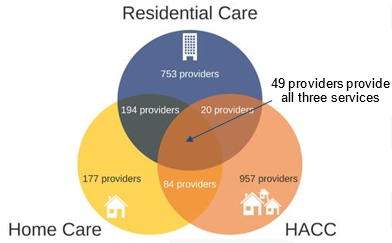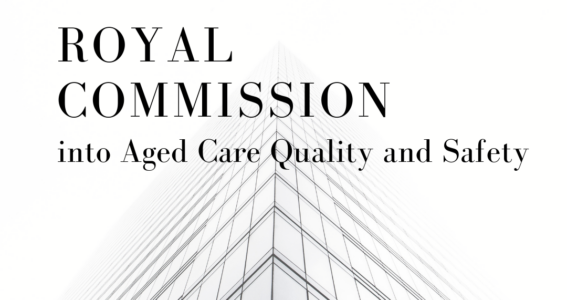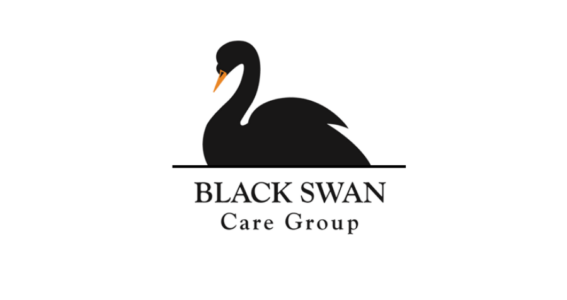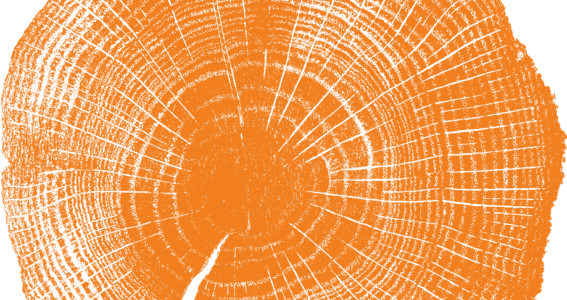Process Re-Engineering and Software Selection
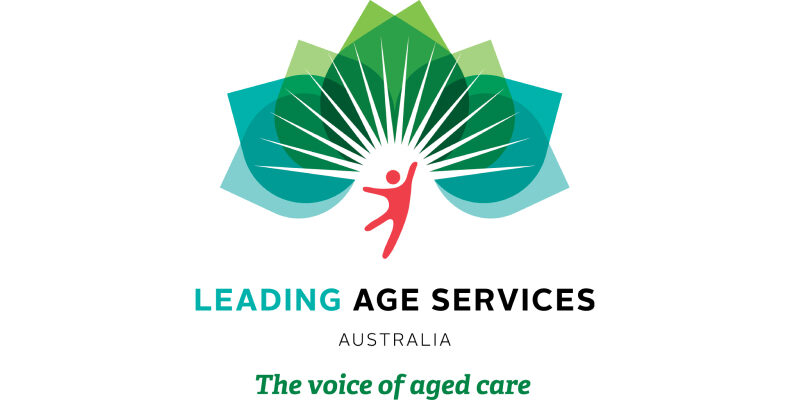
The aged care and disability sectors have undergone significant transformation in the past two years. The current round of reforms will provide the consumer with complete control in the selection of their provider and the services they access. The consumer will increasingly select providers who have the ability to maximise services and minimise administrative burdens, resulting in a more competitive market that will benefit providers who are able to minimise their overhead.
Proactive providers are responding to the change by reshaping their services, processes and structures to meet market demand in the most efficient manner possible.
As the focus moves towards consumer preferences, many of the barriers between aged care, disability care and even retirement living will dissolve.
Whilst providers have traditionally focused on a single stream of care, largely as a result of the siloed funding models, we are now seeing providers examine new markets that will increase service delivery and efficiencies. Out of 2,234 providers in Australia, there is only 49 providers who have services across residential care, home care and community care.
Providers by sub-sector at 30 June 2014
“Consumers will increasingly select providers who have the ability to maximise service VALUE and minimise administrative burdens”
The impact on current practices should not be underestimated. Organisational systems and processes will require re-engineering to ensure a shift away from legacy formats, recognising that the priority should be how we deliver services, not how we spend allocated funding. By focusing on the end-point of service delivery, we can begin to identify synergies between siloed services and opportunities to integrate underlying processes.
An Enterprise Resource Planning (ERP) solution can be used to match the available resources (inputs) to the service required (outputs). Organisations will have different ERP solutions because services, requirements and resources vary.
Moving from siloed services to integrated services
Navigating through the various software providers and products can be overwhelming. IT Solution Providers will promise that their software meets your needs, or that it can be easily integrated with other software systems, or that there are new features in the pipeline. By gaining a clear understanding your client needs, service models and resourcing requirements, it is possible to narrow the preferred software options significantly.
From a care perspective, the information system needs to be user-friendly to cater for diverse staff members (cultural, age, education, etc.), however this needs to balance with regulatory requirements. Providers should also consider point of care documentation capabilities and compliant reporting mechanisms.
Client functionality and responsiveness is central to the selection of software. The consumer based model requires a system that can provide client portals and individualised budgeting and billing. Client needs and preferences will vary, therefore the system needs to be flexible.
The primary input required to deliver our services is human resources. Staff allocation, rostering, routing, training and payroll functions need to be considered. Home, community and disability care services are inherently complex, with staff required to be matched to clients based on location, compatibility of staff skills and client needs and preferences.
“The investment in process reengineering and software selection will be essential if organisations want to deliver efficient services in our new consumer driven market”
Some off-the-shelf software products exist which can capture care, client and human resource requirements. However the corporate capabilities, such as finance and accounting, reporting, procurement, asset management and information technology, are often limited. Many providers find that a combination of software solutions deliver the most effective solution that addresses their needs and capacity without compromising on the quality and integrity of the system.
The investment in process reengineering and software selection will be essential for organisations that want to deliver relevant, efficient services in our new consumer driven market. Those that choose to take a back seat approach will quickly become less relevant and begin to lose their market share to proactive operators.
